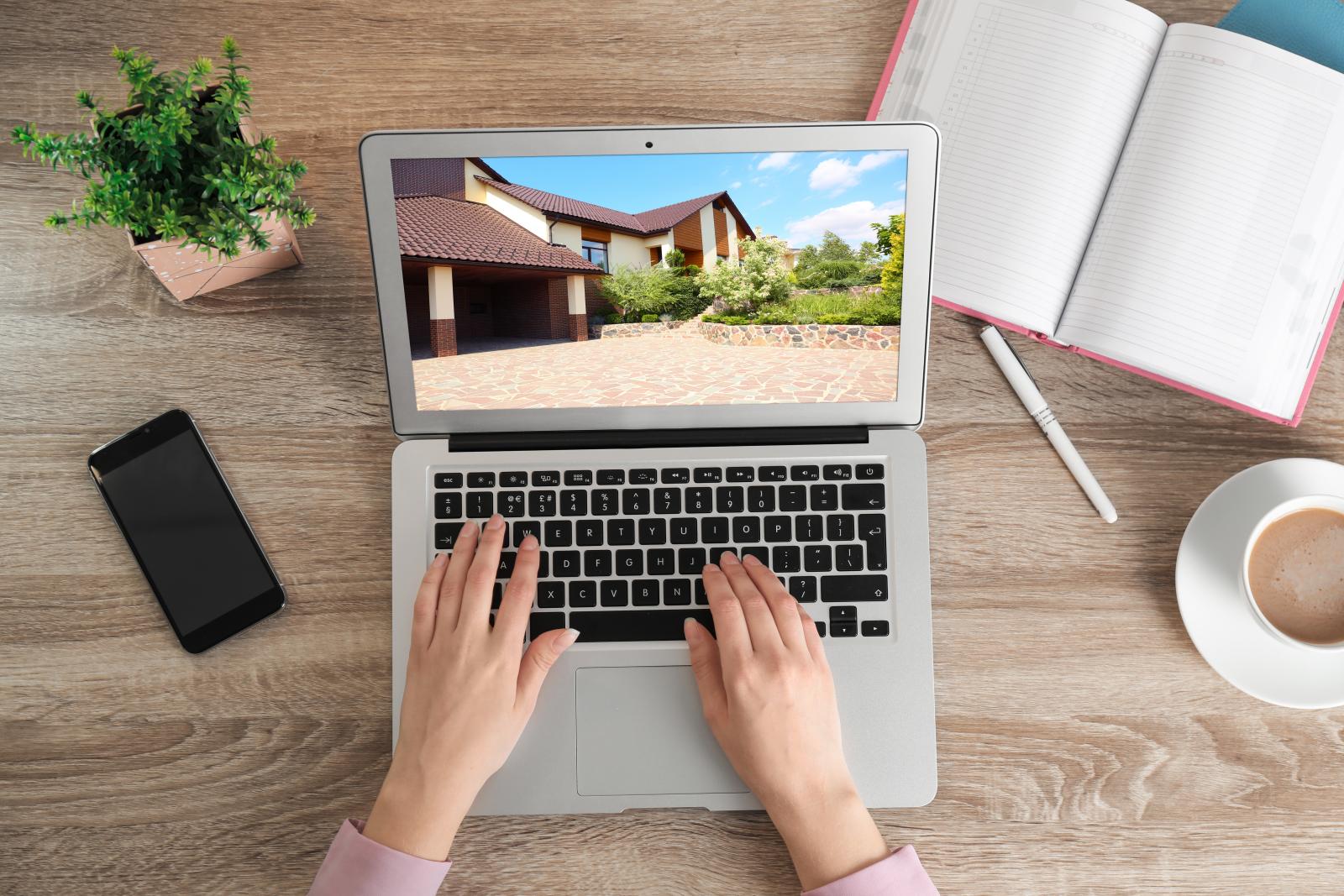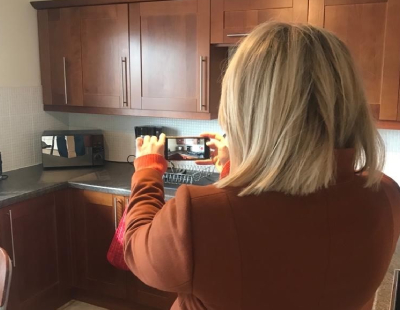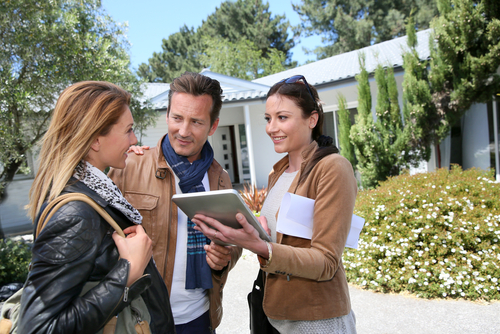Let’s look at the virtual tour statistics from recent studies:
-
Guided virtual viewings on properties boost conversion rates by nearly 20%
-
In one trial amongst estate agents, properties with virtual tours sold for 5.62% more than those without
-
Research found that 70% of lettings occurred after a virtual tour with 66% of tenants going ahead without physically viewing the property.
-
Lettings listings with virtual tours had let rates 8% better than those without.
-
According to Google research, 67% of surveyed participants reported wanting a virtual tour when looking at a listing.
With numbers like these, virtual tours look to be a no-brainer – but it is important to calculate the time it takes to make a virtual tour. Does the production time negate any financial advantage?
Why Virtual Tours are Cost Neutral
While we’re looking at time efficiencies, we also need to look at time spent conducting face-to-face property visits – and the time savings (and travel cost reductions) gained from staying in the office. For example, how much time and fuel would it cost to show 50 people around 50 properties in day versus how long it would take to produce virtual videos and show around 50 people from your desk?
With rising fuel costs, the cost of physical viewings is only going to rise. Right now, if you visit a property to do a physical viewing with a 5-mile trip, it will cost around £2 in fuel. This may not sound a lot, but if this is repeated at least 10 times (which is the norm) then this could easily rack up.
The time cost is the big one, though. A member of staff could be out the office conducting a visit on a property for over an hour. Again, if this is repeated at least 10 times in a week then that member of staff is out the office for 10 hours, which is a whole working day per week doing a viewing on one property that could be done remotely.
Production time
Production time varies depending on the type of tour you’re creating.
For a standard video tour, the production is straightforward. You simply use video (on a phone is fine) to film a walkthrough of the property. It’s great for dipping your toe in with video tours to see how well they work for your business. Although the time needed to do postproduction editing on the video such as intro panel, background music, cuts and edits and even making sure the video lighting is correct can be time-consuming.
You then have the more interactive options: the 360° virtual tour and the 3D virtual tour.
The 3D tour requires more sophisticated equipment and software, and you do need to account for hosting fees, but they do give the viewer the ultimate visual experience. Buyers and tenants can drill down to the detail and move through the property as if they were there in real life. If anything, it provides an even greater viewing experience than a physical viewing, as they can take their time looking at the detail at their pace, in the comfort of their own home. It’s no surprise that this option performs well in conversion. The downside is that production is more complex and costly.
You then have the 360° virtual tour which is easy to put together (it stitches together photos) and still gives the viewer an immersive experience they can control. You can further enhance the viewing with hotspots, links, annotations, music, extra images and highlights. All you really need is a good quality camera. Yes, the editing takes some time if you want to add in the extras, but these additional features will boost conversion (and weed out the tepid prospects at early stages).
Fortunately, tech is moving fast in this arena. Much of the production is becoming an automated process taken care of by intuitive apps and software. It’s never been easier or faster to produce professional video tours in minutes.
The benefits of virtual property tours
There’s no question that virtual tours provide a more engaging and convenient experience for home buyers and prospective tenants who are comparing properties.
It saves them time and travel costs. You can multiply that benefit for letting agents and estate agents too. Gone are the days of driving across the region from one property to another showing multiple prospects (of varying enthusiasm) properties. Agents can now be more efficient and smarter with their viewings, weeding out the time-wasters without the fuel.
There’s also the environmental benefit. Whilst it may not be on the top of your agenda, we all need to be looking at ways to cut our carbon footprint. Reducing our car use and paper trail are two ways to lessen our impact on the planet.
The calculations do lean in favour of 360° virtual tours but only you can look at the numbers in your business. If you do try 360° virtual tours, choose technology that can do the hard lifting for you to save you time in production.
Check out inventoryhive.co.uk to see how easy virtual viewings are to produce and how their subscription costs don’t break the bank.
*Richard Abbots is the founder and CEO of Inventory Hive













.png)


.png)



Join the conversation
Be the first to comment (please use the comment box below)
Please login to comment